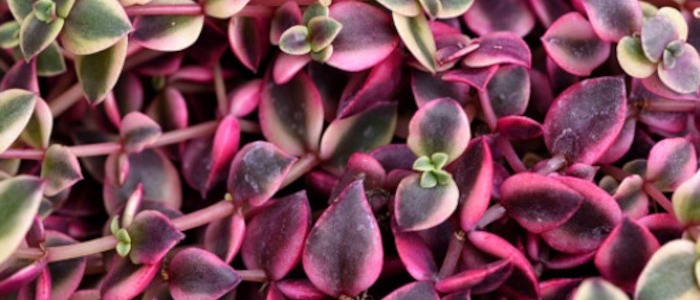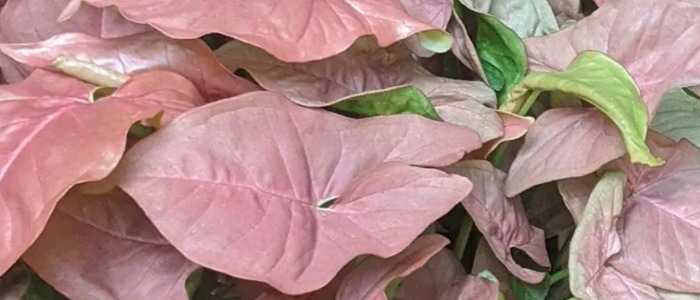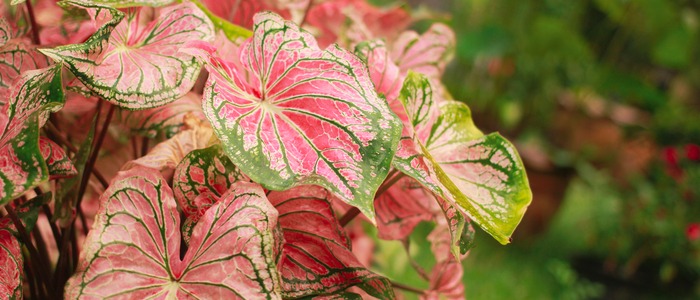The pink philodendron plant is not only a beautiful addition to any indoor space, but it is also incredibly easy to care for. With its vibrant pink leaves and cascading vines, it adds a touch of elegance and color to any room. Whether you are a seasoned plant enthusiast or a beginner looking to embark on your plant-parenting journey, the pink philodendron is the perfect houseplant for you.
In this article, we will explore the various reasons why this stunning plant deserves a spot in your home and how you can nourish it to keep it thriving. So, let’s dive in and discover the first reason why the pink philodendron is a must-have houseplant. Firstly, this plant is known for its air-purifying abilities. It has been scientifically proven to filter harmful toxins from the air, improving the overall air quality in your home.
Not only does it enhance the aesthetic appeal of your space, but it also contributes to a healthier and fresher environment. By simply placing a pink philodendron in any room, you can create a cleaner and more vibrant living space for you and your loved ones. In addition to its air-purifying qualities, the pink philodendron is also a low-maintenance plant, making it perfect for both experienced and novice plant owners.
It requires minimal watering and can tolerate a variety of light conditions, including low-light areas. This means that even if you don’t have a green thumb, you can still enjoy the benefits of having a pink philodendron in your home. With its stunning pink leaves, this houseplant adds a pop of color and a touch of nature to any room, instantly brightening up the space and creating a calming ambiance.
.

Pink Philodendron Plant Frequently Asked Questions
How can you encourage more variegation in the pink princess philodendron?
To encourage more variegation in the pink princess philodendron, there are a few key strategies you can employ. Firstly, ensuring the plant receives the right amount of light is crucial. Place it in a spot with bright, indirect sunlight, as excessive shade can lead to decreased variegation. Additionally, consider rotating the plant every few weeks to expose all sides to light evenly, preventing one side from becoming more variegated than the other.
What is the difference between the pink princess and the philodendron pink congo?
Both the pink princess and the philodendron pink congo are stunning plants known for their vibrant pink foliage. However, there are several key differences that set them apart. One of the main distinctions lies in their leaf patterns and variegation. The pink princess has dark green leaves with striking pink variegation that appears in splotches and streaks. On the other hand, the philodendron pink congo showcases a more uniform and consistent pink hue throughout its leaves, giving it a bolder and more vibrant appearance.
How to Care for the Pink Philodendron Plant
The Pink Philodendron is a popular pink house plant because of its foliage. However, it is very important to understand your pink philodendron’s specific needs. While it may be low-maintenance, there are still a few key factors to keep in mind.
First, watering should be done sparingly, allowing the soil to dry out between waterings to prevent root rot. Additionally, providing indirect sunlight or bright, filtered light will help the plant thrive. Regularly dusting the leaves and occasionally wiping them with a damp cloth will keep them looking their best.
Lastly, if the plant starts to outgrow its current pot, it is recommended to repot it into a slightly larger container with fresh soil to provide enough space for its roots to grow. By following these guidelines, your pink philodendron will thrive and remain a stunning addition to any space
How to Propagate the Pink Philodendron Plant
Propagating the pink princess philodendron plant is a great way to expand your collection or share it with others. The most common method of propagation is through stem cuttings. Start by selecting a healthy, mature stem with several nodes. Using a clean, sharp knife or scissors, make a clean cut just below a node.
Remove any leaves from the lower portion of the cutting, leaving only a few at the top. Place the cutting in a glass of water, making sure the nodes are submerged. Keep the glass in a warm, bright location, but out of direct sunlight.
Change the water every few days to prevent the growth of bacteria and algae. Over time, you will begin to see roots forming from the nodes of the cutting. Once the roots are well developed, you can transfer the cutting into a pot filled with well-draining soil. Gently press the soil around the base of the cutting to provide stability.
Water the newly potted cutting thoroughly and place it in a location with indirect sunlight. As the plant continues to grow, you can gradually introduce it to more sunlight. With proper care and patience, your stem cutting will develop into a thriving plant that you can proudly add to your indoor or outdoor garden.
Tips for Pruning the Pink Philodendron Plant
To maintain the health and appearance of your pink philodendron plant, regular pruning is essential. Start by inspecting the plant and identifying any dead or damaged leaves or stems. Using clean and sharp pruning shears, carefully remove these parts, making sure to cut just above a leaf node.
This will encourage new growth and prevent the plant from becoming leggy. Additionally, you can also prune back any excessively long or unruly vines to maintain a compact and bushy shape. Remember to clean your pruning tools after each use to prevent the spread of diseases.
Pruning should be done during the active growth period of the plant, typically in the spring or early summer. It is important to avoid pruning during times of dormancy, as this can stunt the plant’s growth. Regular pruning not only helps to maintain the health and appearance of the plant but also promotes better air circulation and sunlight penetration, leading to improved overall plant vigor.
Common Problems Faced When Growing the Pink Philodendron Plant
.
Some of the common problems faced when growing the pink philodendron plant include overwatering, inadequate sunlight, and pest infestations. Overwatering can lead to root rot and other fungal diseases, so it is crucial to ensure that the plant’s soil is well-drained and not overly saturated. Similarly, the pink philodendron thrives in bright, indirect sunlight, so placing it in a location with insufficient light can result in weak growth and pale leaves.
Additionally, pests such as spider mites and mealybugs can infest the plant, causing damage to its foliage and overall health. Regularly inspecting the plant for any signs of pest activity and promptly treating any infestations is essential for maintaining the Pink Philodendron’s health.
It is recommended to use organic insecticides or natural remedies such as neem oil to control these pests without harming the plant. Moreover, providing the plant with proper humidity levels, preferably between 40% and 60%, can prevent issues like leaf browning and drying out.
Overall, taking proactive measures to address potential problems can help ensure that the Pink Philodendron thrives and remains a beautiful addition to any indoor space.
Conclusion
In conclusion, caring for a Pink Princess Philodendron requires attention to detail and proactive measures. By providing the plant with the right amount of light, water, and humidity, as well as regular pruning and fertilizing, you can ensure its health and vibrant appearance.
Additionally, being aware of common pests and diseases and taking steps to prevent or address them promptly can help keep the plant thriving. With proper care, the Pink Princess Philodendron will continue to be a stunning and eye-catching addition to your indoor space, bringing beauty and joy for years to come.
Other Pink Color Houseplants













